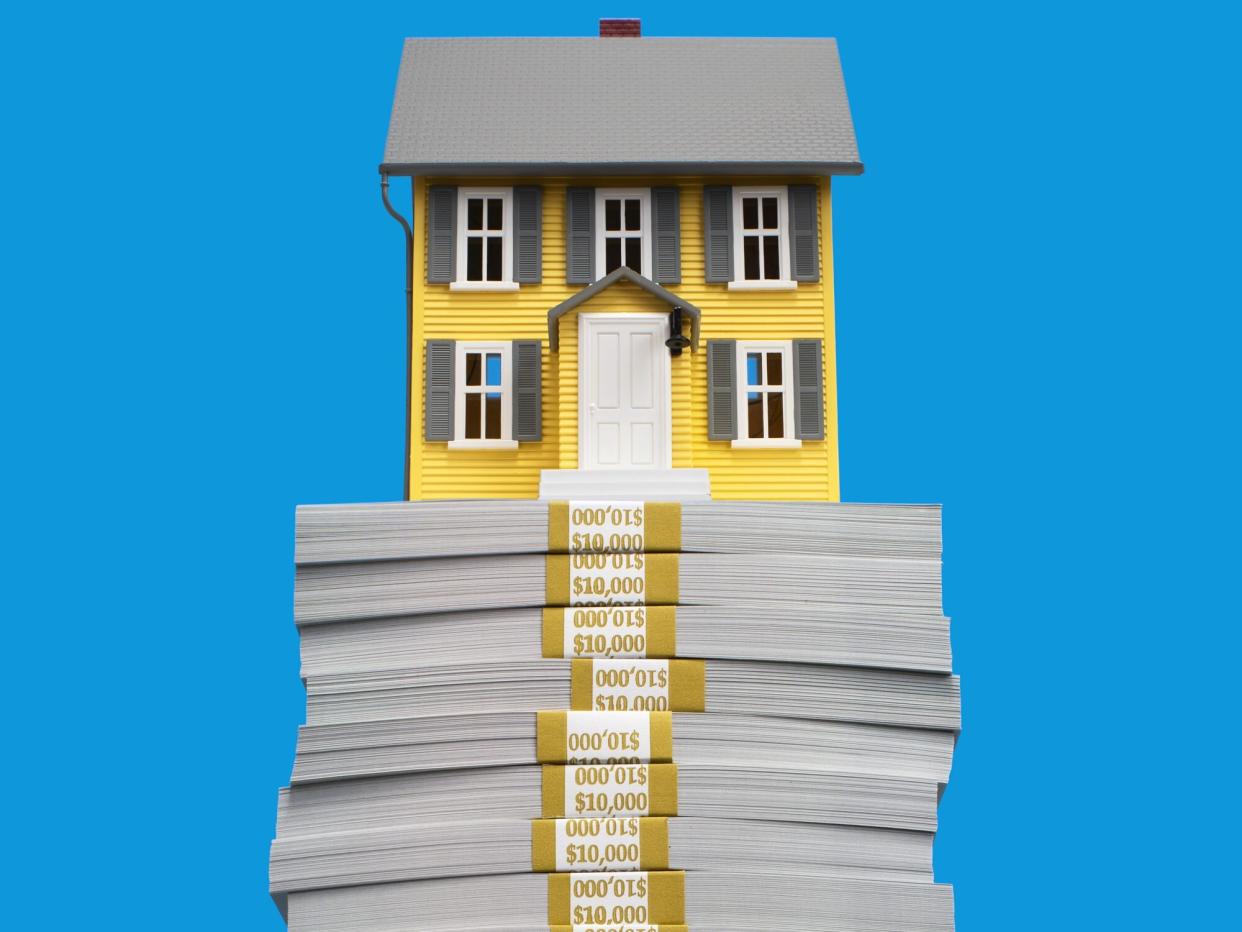Why Are Adjustable-Rate Mortgages So Popular Again?

Phil Leo-Michael Denora/Getty Images
TABLE OF CONTENTS
On This Page
Why are ARMs popular again?
How are ARMs different now?
How to know if an ARM is right for you
When getting a home loan, there are many factors to consider. The interest rate is chief among them. Adjustable-rate mortgages (ARMs) are also called variable rate or floating mortgages because the interest rate changes over the life of the mortgage loan.
ARMs typically start with a low fixed interest rate for 3 to 10 years. This time allows borrowers to have an extra cushion for repairs or savings in the early years. After that, the rate adjusts periodically based on market conditions. Very rarely do payments decrease, however. So, when an ARM adjusts, it typically goes up. But every loan term is different, so interest rates and monthly payments are customized by the lender.
Because of the favorable introductory rates, this loan can be an attractive option. As people anticipate the income increases and bonuses they might have over the intro period, some homeowners think they'll be able to handle higher monthly payments later. But, of course, that's not always the case.
Some people also prefer ARMs because the lower interest rate up front is advantageous if they don't expect to hold onto the house for long. Whether it's a rental property or a fix-and-flip, ARMs can be favorable for investors who plan to sell the property before the rate adjusts.
Whether you love them or hate them, ARMs are here to stay because, well, they are useful. But, why are they back in the news now and how do you know if they're a good option for you? We tapped Andy Taylor, general manager of Credit Karma Home, and Boyd Rudy, real estate expert at Dwellings Michigan, for some answers.
Why Are Adjustable-Rate Mortgages Gaining Popularity Again?
Recent data from the Mortgage Bankers Association indicates that ARMs currently make up almost 10% of mortgage applications in the United States, compared to just 3% at the beginning of the year.
Rising mortgage rates and record-high home prices have made these loans more attractive. "With rates on the rise, we're seeing adjustable-rate mortgages gain popularity again," says Taylor. "Homebuyers are looking for ways to decrease their monthly mortgage payments, and ARMs allow them to do that."
First-time home buyers breaking into a competitive housing market are crunching very tight numbers. Also, buyers who plan to sell their existing home after nabbing another one might also consider it best to keep expenses low for the first few years, since they'll have two mortgages at the same time.
"One reason why ARMs may be gaining popularity is because of the current real estate market ... with home prices rising in many markets, buyers may feel pressure to purchase before prices become out of reach," explains Rudy. "An ARM can offer peace of mind by providing a lower monthly payment for the first few years, making it easier to afford a more expensive home."
How are ARMs different now from in 2008?
In 2008, ARMs got a bad rap. That mortgage crisis was related to high-risk loans, which means that the lenders knew that the debt terms they'd offered would likely be beyond the financial means of the borrowers. During that time, ARMs allowed the borrower to go years only paying interest (and sometimes even less). This led to an abrupt shift when the rates were adjusted. The shock of doubled payments caused many homeowners to default on their loans and lose their homes. So why would anyone want an ARM today?
"ARM loans today are an entirely different beast than they were back in 2008," says Taylor. "First of all, many loans now cap rate increases and won't skyrocket uncontrollably from an unrealistic teaser rate." Now, ARMs have several types of caps, limiting increases in the interest rate and the amount of the monthly payment—and lenders aren't just handing them out.
"ARMs tend to be harder to get these days too," says Taylor. Mortgage companies are doing better risk assessments of a borrower and requiring much more documentation than was common back in 2008. This means that both you and the lender can plan for adjustments and determine if your existing income can really absorb the long-term shifts.
How can you decide if an adjustable or fixed-rate mortgage is better for you?
"There are two basic types of mortgage interest rates: fixed and adjustable," explains Taylor. "Adjustable rates generally come with higher risk because they're low initially and 'adjust' over the course of a loan, so your mortgage payments may fluctuate. On the other hand, fixed rates will stay the same and the mortgage payments won't change over the life of the loan." So, how long you plan to stay in the home is critical to deciding if an ARM is best for you.
He adds that ARMs can be a more affordable way to enter the market, especially if you're not planning to be in a home for your entire adult life. With rising interest rates, Taylor says adjustable-rate mortgages appeal because, "homebuyers are looking for ways to decrease their monthly mortgage payments, and ARMs allow them to do that, given they tend to offer an initial lower rate compared to a more traditional 30-year fixed mortgage."
Rudy says that your current financial situation is also an essential factor. If your income is stable and you don't expect much change over the life of the loan, then a fixed loan might offer parity. But, if you are a business owner, gig worker, or new to the job market, then you might confidently expect income to increase significantly down the line. In that case, an ARM has value.
Taylor suggests shopping lenders and online marketplaces to compare interest rates and term options. "Getting multiple offers may give you negotiating power and help you understand your options," he says.

 Yahoo Movies
Yahoo Movies 
